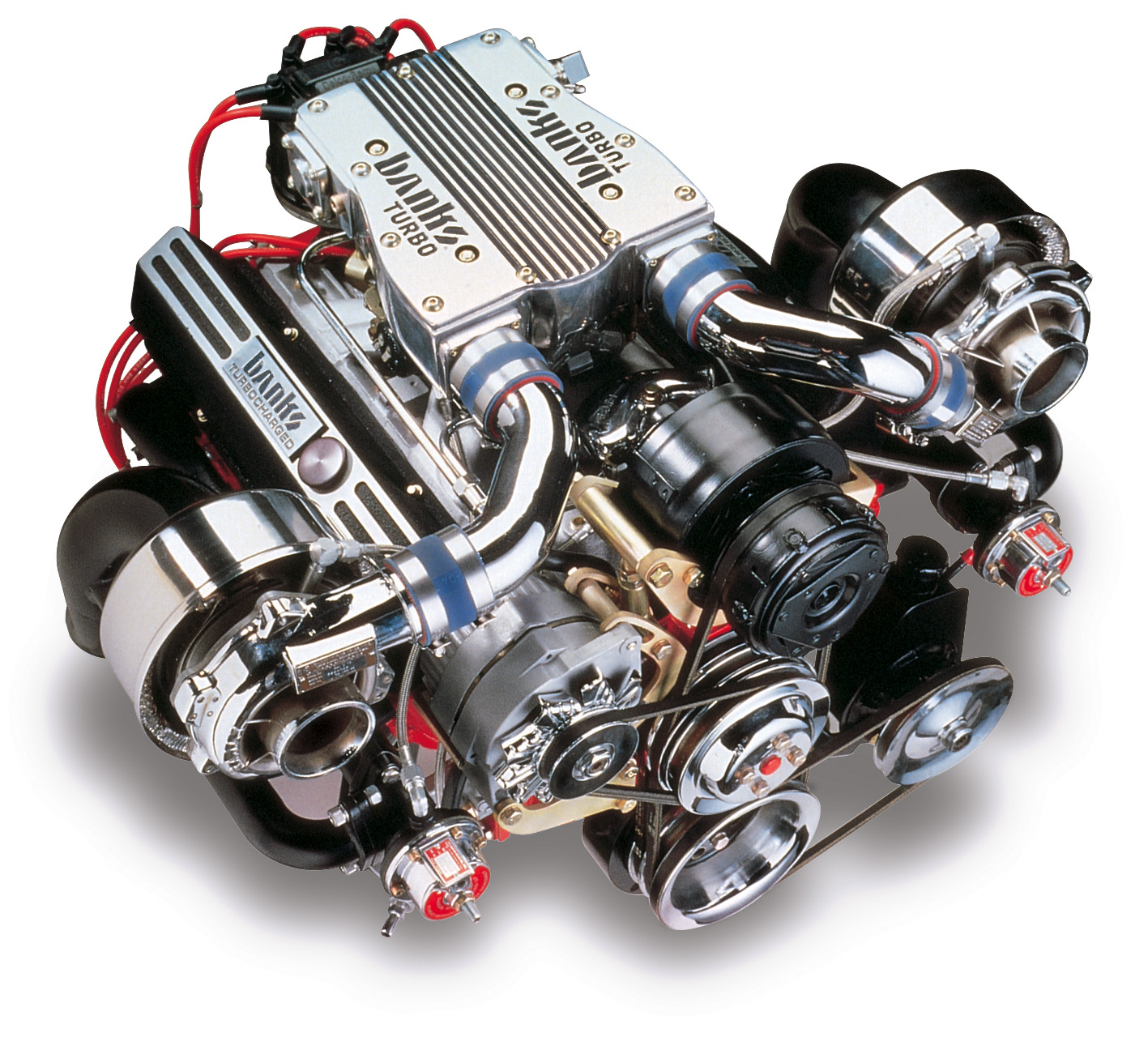All the problems of the first turbo engines of different brands are similar.
The new turbocharger began with the advent of Euro-5 environmental standards in 2009. Then began to appear turbocharged engines that allow you to have a good environment at high performance.
But those first turbo engines for Euro-5 can be distinguished in a special caste – they were imperfect in design and suffered from childhood diseases.
Here is a list of weaknesses:
– Imperfect lubrication systems that cause oil starvation, often coupled with high oil consumption;
– High heat load, which leads to rapid degradation of rubber bands and plastic parts;
– Sensitivity to the quality and octane number of the fuel;
– Soot on the injectors and valves, deposits in the cylinders and oil channels – and, as a result, leaks, deformation of the valves, burnout of the pistons, burrs of the cylinders and camshafts.
Of course, each engine in addition to the typical may have its own problems. In general, we can say that all the sores – if not identical, then similar.
The list of generally recognized “losers” is long. The most famous of them:
– Three-cylinder Opel 1.0 R3
– Ford 1.0 EcoBoost, which suffered from overheating
– “Innovation of 2007” 1.4 TSI / TFSI Volkswagen / Audi
– BMW engines of the N45 and N46 families of the period 2001-2011
– Winner of many awards “Engine of the Year” 1.6 THP EP6 Prince (Prince), created by PSA together with BMW
Punctures occurred in Mercedes, Toyota and Renault. All turbo innovations had advanced characteristics, but this was accompanied by a decrease in reliability.







